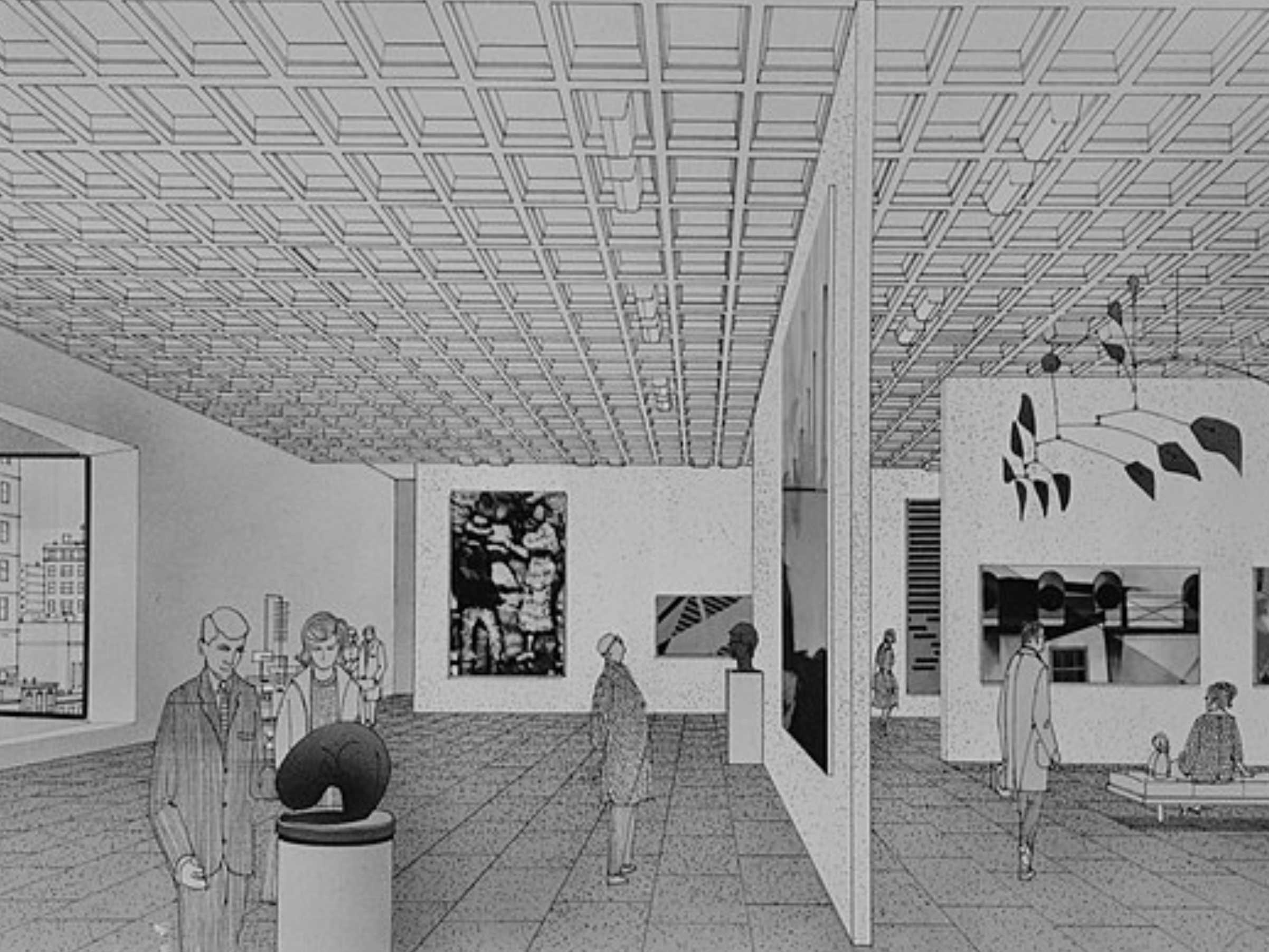The Whitney Biennial, formally initiated in 1932, was established as a survey of contemporary American art at time when there were few opportunities for progressive artists to showcase their work i...

Lisa and Heinrich Arnhold Lecture
A Brief History of the Whitney Biennial: Promise and Protest
The Whitney Biennial—formally initiated in 1932—was established as a survey of contemporary American art at time when there were few opportunities for progressive artists to showcase their work in museums or galleries. The Biennial sought to be an inclusive, democratic barometer of current artistic tendencies that would coalesce into a “viable” American art. The organizing ethos was to follow artists wherever they led even though it often entailed risk.
From its earliest manifestations, the Biennial was often the target of criticism by the press and the public as well as artists: ranging from abstractionists who opposed realists and regionalists who opposed urbanist artists to the contestations of Black and women artists regarding their lack of representation and decolonizers who protest the power structure of the museum itself. While such demonstrations have often been fraught for the Whitney, it is precisely this openness that makes the Biennial a vital and responsive cultural platform. This lecture will explore the history, structure, and evolution of the Biennial on the occasion of the 2024 Biennial—Even better than the Real Thing—which opens in March.
Introduction by Doreen Mende, Director of Research at Staatliche Kunstsammlungen Dresden.
For more information, please visit the Albertinum event calendar of the Staatliche Kunstsammlungen Dresden.
Tzschirnerplatz 2
01067 Dresden
This event took place on April 24, 2024.
